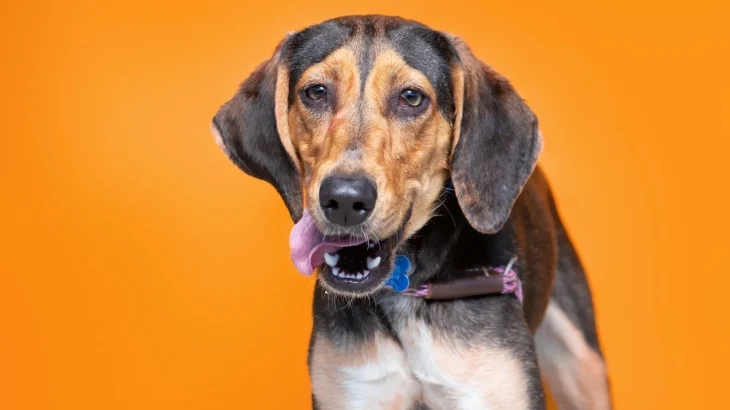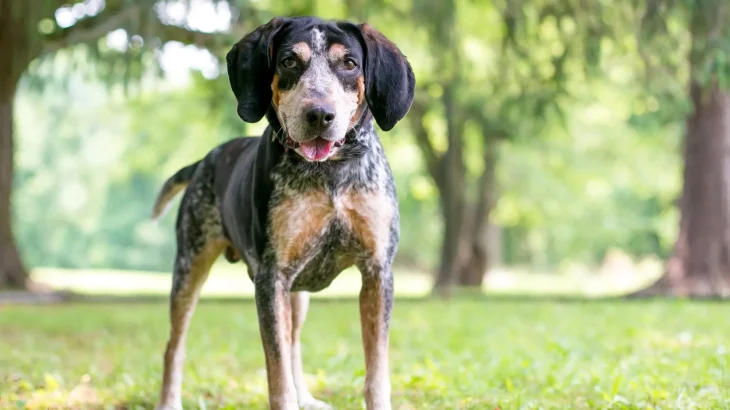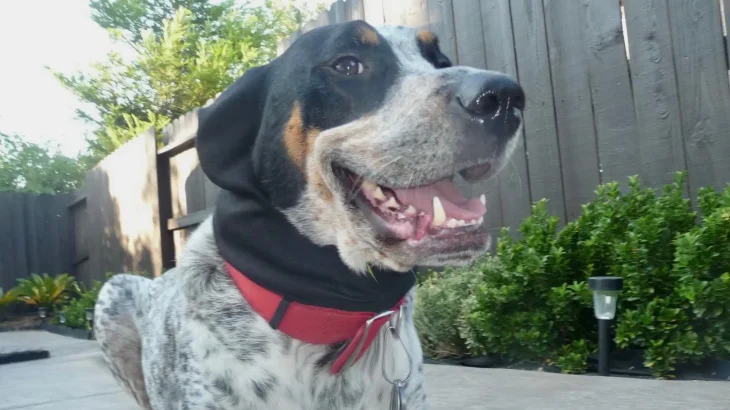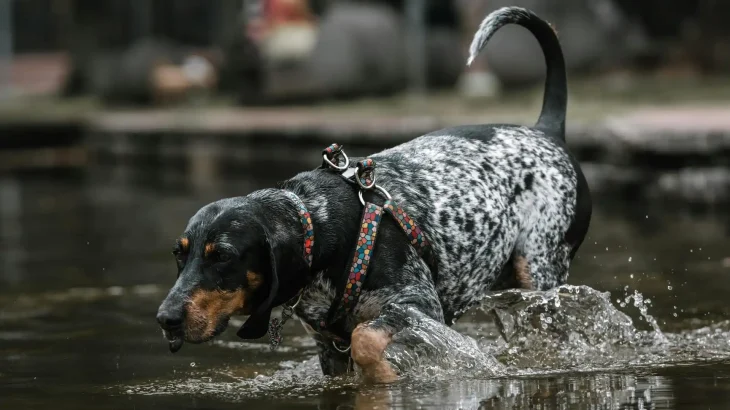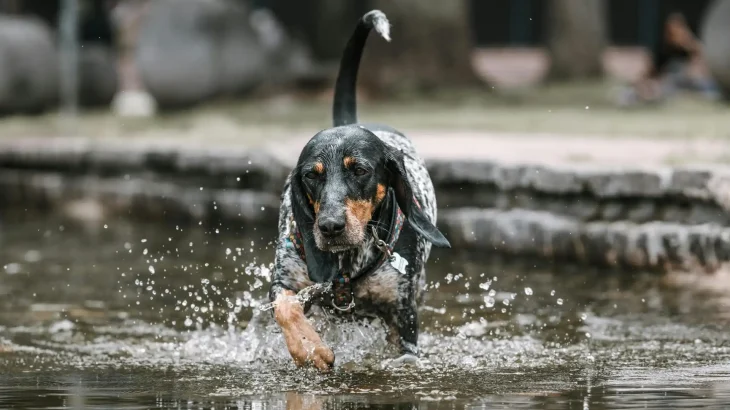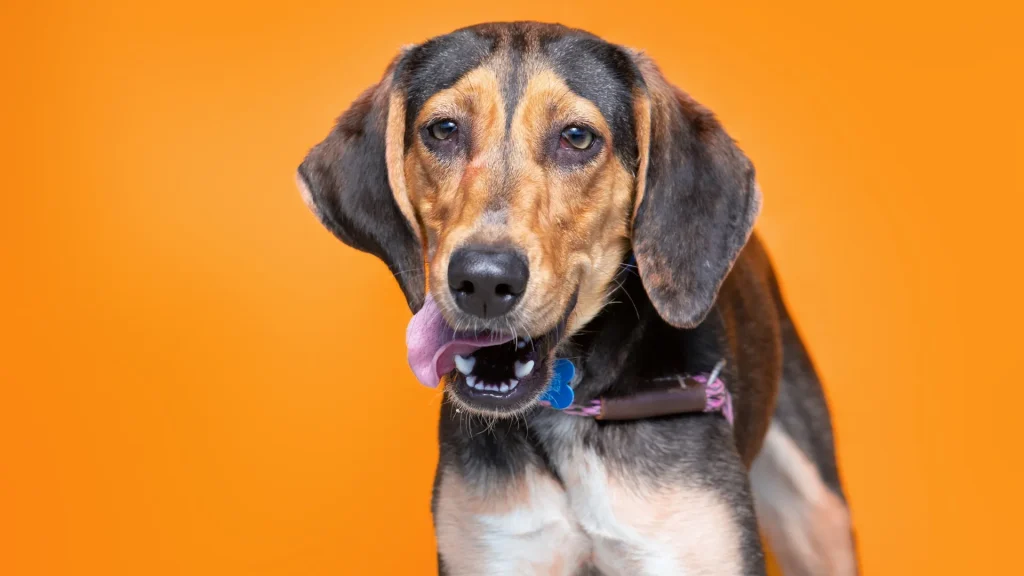Deciding whether to buy or adopt a Bluetick Coonhound puppy depends on what suits your lifestyle and preferences. Buying from a breeder often provides clearer health records and pedigree information, while adopting lets you offer a home to a dog in need, usually at a lower cost. Each option has benefits and considerations tied to this breed's characteristics and care requirements.
| Criteria | Buying from Breeder | Adopting from Shelter/Rescue |
|---|---|---|
| Cost | Typically $500-$1,200 depending on pedigree and markings. | Lower adoption fees, often including vaccinations and spay/neuter. |
| Health History | Detailed screenings and records from reputable breeders. | Health history may be limited; shelters do basic exams and provide vet records if available. |
| Age Availability | Mostly puppies, allowing early bonding and training. | Wide age range including adults; good for finding a companion beyond puppy stage. |
| Temperament Insight | Breeders give info based on lineage traits and early socialization. | Observed during shelter stay, though background may be unknown. |
| Supporting Practices | Supports breeding programs that maintain breed standards; choose ethical breeders. | Supports animal welfare by rehoming dogs who might struggle to find families. |
| Risk of Genetic Disorders | Lower risk if breeder screens for breed-specific issues like hypothyroidism. | Potentially higher risk due to unknown genetics, but rescues often address health concerns. |

